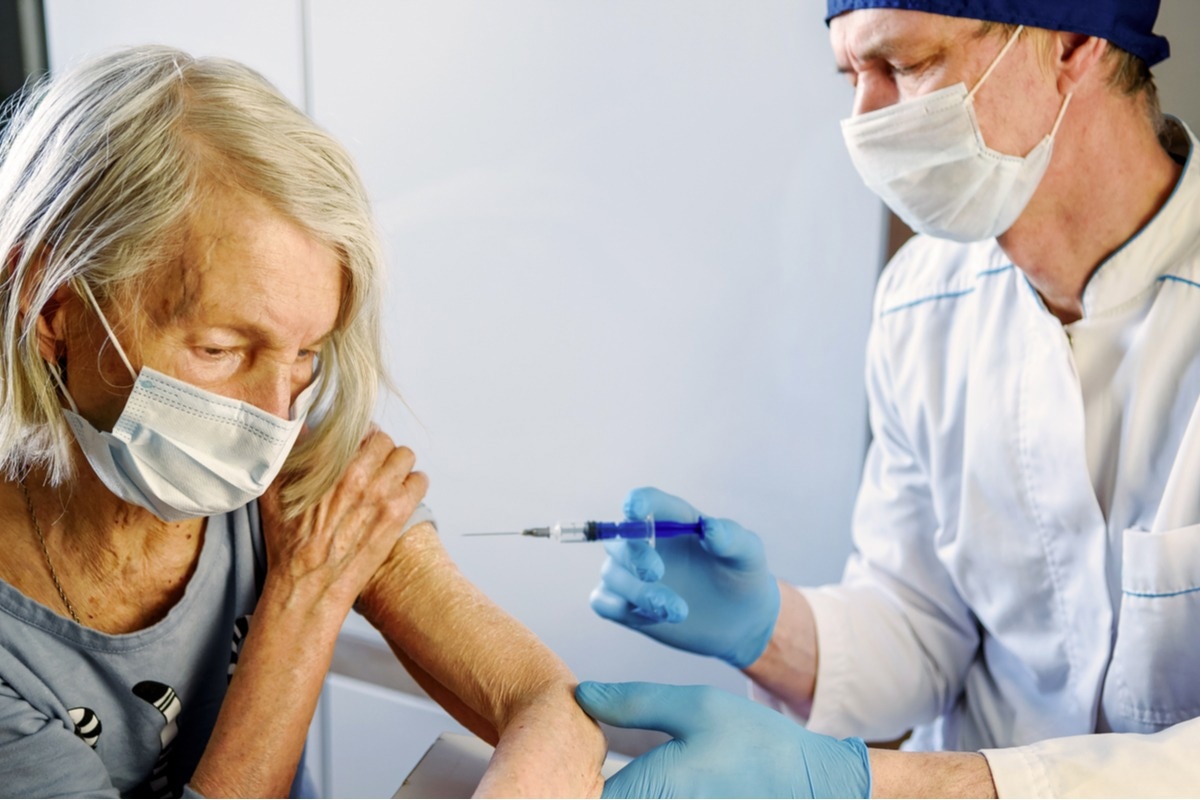In a recent study published in The British Medical Journal (BMJ), researchers evaluated the efficacy of the fourth vaccine dose against coronavirus disease 2019 (COVID-19) among long-term care residents.
 Study: Effectiveness of a fourth dose of covid-19 mRNA vaccine against the omicron variant among long term care residents in Ontario, Canada: test negative design study. Image Credit: Tequiero/Shutterstock
Study: Effectiveness of a fourth dose of covid-19 mRNA vaccine against the omicron variant among long term care residents in Ontario, Canada: test negative design study. Image Credit: Tequiero/Shutterstock
Long-term care (LTC) residents are at an increased risk of infection with severe acute respiratory syndrome coronavirus 2 (SARS-CoV-2) and severe outcomes. LTC homes in Ontario, Canada, are publicly funded and provide medical and housing support and personal and nursing care for people with disability or neurocognitive disorders. LTC residents in Ontario have been disproportionately affected by COVID-19, accounting for about two-thirds of fatalities during the first two pandemic waves.
Vaccination of LTC residents resulted in a marked decrease in infections and deaths relative to non-vaccinated controls. A third vaccine dose (first booster) was offered to LTC residents from August 2021, and the fourth vaccine (second booster) administration commenced on December 30, 2021. Moderna’s Spikevax (mRNA-1273) was preferred for the second booster.
About the study
In the present study, researchers estimated the marginal effectiveness of the fourth vaccine dose compared to a third dose. The authors implemented a test-negative design and determined marginal effectiveness (fourth vs. third) and vaccine effectiveness (of the fourth dose) among residents across 626 licensed LTC homes in Ontario. Subjects were excluded if they received the second booster before December 30, 2021, or tested SARS-CoV-2-positive in the past 30 days.
Only those vaccinated with mRNA vaccines (BNT162b2 [Pfizer] or mRNA-1273) for all four doses were included in the study. Vaccine effectiveness estimation was limited to SARS-CoV-2 Omicron. Spike (S)-gene target failure (SGTF) testing or whole-genome sequencing were used to identify the variant. Delta-infected cases were excluded. Provincial datasets on COVID-19 testing, vaccination, and health administrative information were linked using unique encoded identifiers.
Three outcomes were measured: infection (SARS-CoV-2 positivity), symptomatic infection, and severe outcomes. Residents were considered 1) cases if they tested positive at least once a week or 2) controls if negative on all tests that week. Frequencies and means were computed for categorical and continuous variables, respectively.
Test negative controls were compared to test positive cases using standardized differences. Those vaccinated with a third dose ≥ 84 days before the index test (first SARS-CoV-2 positive test) were compared to those who received third, second, first, or no vaccine dose < 84 days and fourth dose < or ≥ 7 days before testing.
Findings
Over 87% of LTC residents in Ontario were tested for SARS-CoV-2 from December 30, 2021, to April 27, 2022. There were 13,654 Omicron-positive cases and 20,862 test-negative controls. Most residents (80.1%) were tested multiple times during the study period. More than half of the cases (58.1%) and controls (53.3%) received only three vaccine doses, and a greater proportion of controls (38.2%) received the second booster than cases (28%).
The marginal effectiveness of the fourth dose ≥ 7 days post-vaccination was 19% against infection, 31% against symptomatic infection, and 40% against severe outcomes compared to those vaccinated with a third dose ≥ 84 days before the index test. The corresponding estimates compared to residents vaccinated with a third dose < 84 days before the index test were 16% against infection, 20% against symptomatic infection, and 29% against severe outcomes.
After seven days of the fourth dose, vaccine effectiveness was 49% against infection, 69% against symptomatic infection, and 86% against severe outcomes. Vaccine effectiveness of a third dose administered ≥ 84 days before testing was 37% against infection, 55% against symptomatic infection, and 77% against severe outcomes. Vaccine effectiveness was similar between residents receiving three mRNA-1273 doses and those receiving two BNT162b2 doses and one mRNA-1273 vaccine.
Most LTC residents (95%) received the mRNA-1273 vaccine as the second booster, and similar vaccine effectiveness against infection and severe outcomes was noted across all vaccination combinations. Nevertheless, vaccine effectiveness against symptomatic infection was higher among recipients of four mRNA-1273 doses or three BNT162b2 doses and one mRNA-1273 dose than those who received two BNT162b2 vaccines and two mRNA-1273 vaccines.
Conclusions
A fourth vaccination offered a marginal increase in effectiveness over the third dose (received ≥ 84 days before) against infection, symptomatic infection, and severe outcomes. But the marginal effectiveness was lower if the third dose was administered less than 84 days previously. This broadly suggested the three-month interval between the third and fourth doses.
Vaccine effectiveness against infection, symptomatic infection, and severe outcomes was higher for second booster recipients than triple-vaccinated residents. In conclusion, a fourth COVID-19 mRNA vaccine increased protection against the measured outcomes among LTC residents during the Omicron-dominant phase, albeit the duration of protection needs to be investigated.